The Downlink • May 27, 2020
Weather scrubs a launch, forms Mars dunes, and inspires art
Space Snapshot
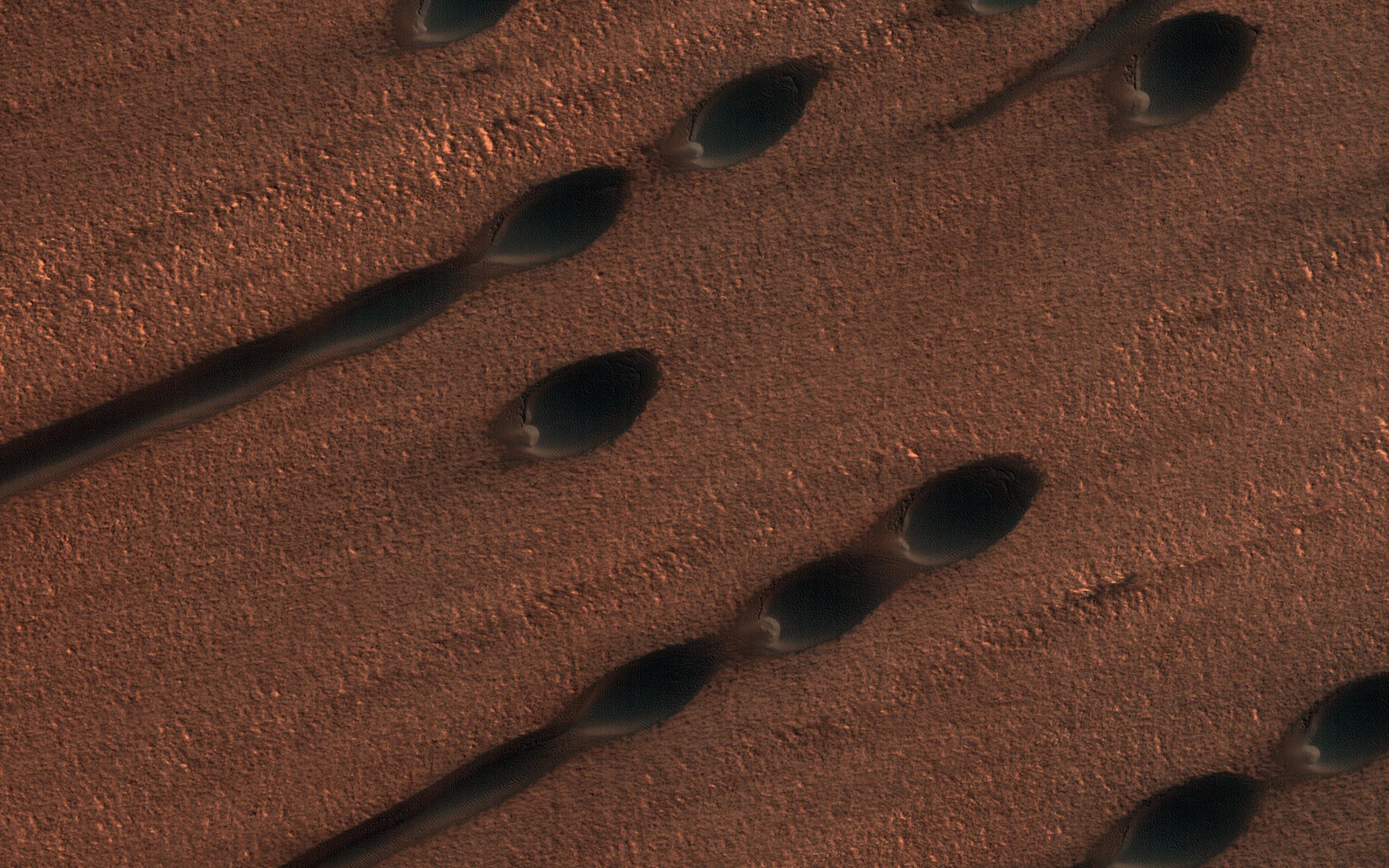
This recent snapshot from the Mars Reconnaissance Orbiter shows features that almost look like hoof prints on the Martian surface. They are, in fact, giant sand dunes. Images like these can teach Mars scientists about wind patterns in the planet’s thin atmosphere. Learn more about the Mars Reconnaissance Orbiter. Image credit: NASA/JPL-Caltech/University of Arizona.
You love space, now take action
This weekly newsletter is your toolkit to learn more about space, share information with your friends and family, and take direct action to support exploration. Anyone can subscribe at planetary.org/connect to receive it as a weekly email.
Mission Briefings
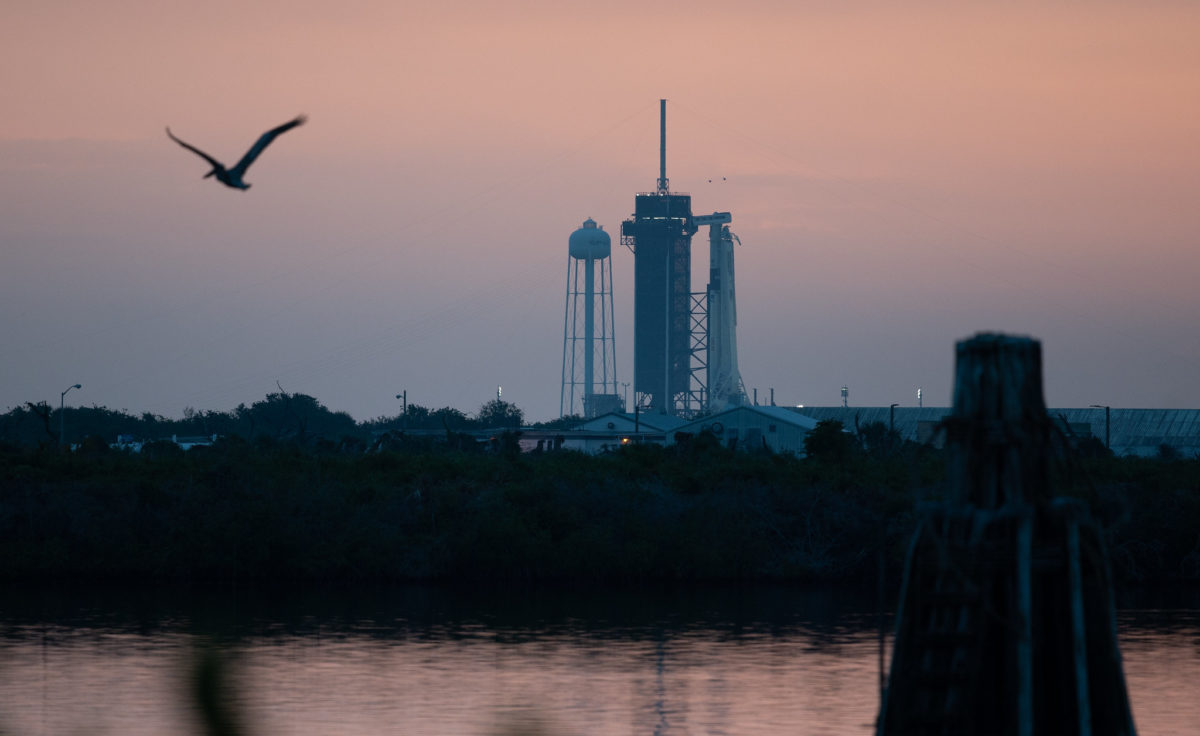

Bad weather forced the postponement of SpaceX’s Crew Dragon launch on Wednesday (pictured). SpaceX and NASA will try again to launch astronauts Bob Behnken and Doug Hurley on the first crewed commercial flight to the International Space Station on Saturday, 30 May at 12:22 p.m. PDT / 3:22 p.m. EDT / 19:22 UTC. Watch it live with us, and read our guide to this historic event. Image credit: NASA/Joel Kowsky.

Scientists using the Very Large Telescope at the European Southern Observatory in Chile have independently confirmed the existence of Proxima Centauri b, a planet orbiting the closest star to Earth. Discovered in 2016, Proxima Centauri b is located just more than 4 light-years away. The planet lies in the habitable zone of its star—the not-too-hot, not-too-cold region where liquid water can exist—and may only be slightly bigger than Earth. Learn more about how and why we study exoplanets.

Long-term studies of samples collected by the Mars Curiosity rover at Gale Crater show that some of the minerals in the area may have formed under an ice-covered lake. Mars used to be warm and wet, but did it stay that way long enough for life as we know it to take hold? The new findings could mean early Mars was prone to cold stages sandwiched between warmer periods, or the minerals could have formed after Mars lost most of its atmosphere and began to turn permanently cold. Learn why and how we study Mars at planetary.org/mars.

A Japanese cargo ship loaded with more than 4 tons of supplies, water, and other hardware arrived at the International Space Station in advance of Bob Benkhen and Doug Hurley’s upcoming Crew Dragon launch. Among the equipment for the crew to unpack: 6 new lithium-ion batteries that will be installed on future spacewalks as part of ongoing upgrades to the station’s power systems. Learn about the ISS at planetary.org/iss.
From The Planetary Society
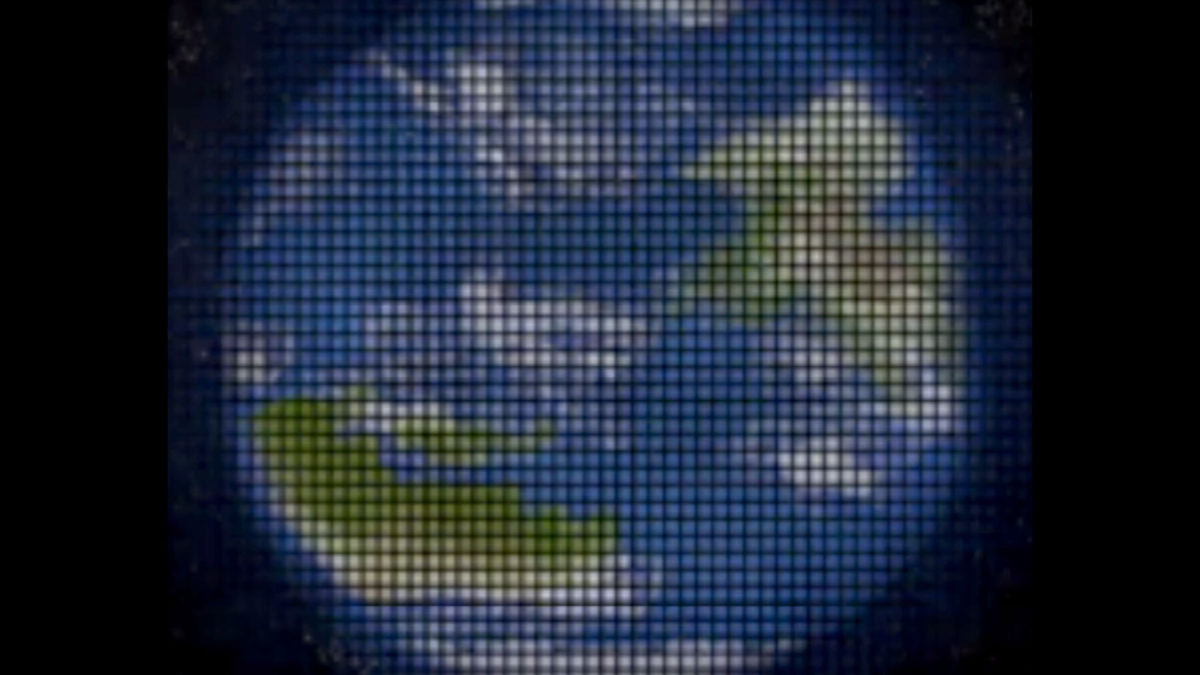
A group of researchers says it may be possible to capture images of Earth-like exoplanets sharp enough to see continents, oceans, and clouds (as pictured in the simulated image above). Doing so would require placing a spacecraft farther away from Earth than any previous space probe. Getting to such a distant destination would require solar sailing—the technology demonstrated by The Planetary Society’s LightSail 2 mission. If it works, we might be able to see features on an exoplanet’s surface just 10 kilometers across. Image credit: NASA/JPL-Caltech/Slava Turyshev.
What's Up

As Venus wraps up the fantastic show it’s been giving us for the past month, Jupiter and Saturn prepare to take center stage. Spot them late at night this week, and prepare for better visibility later in June.
Retro Gear
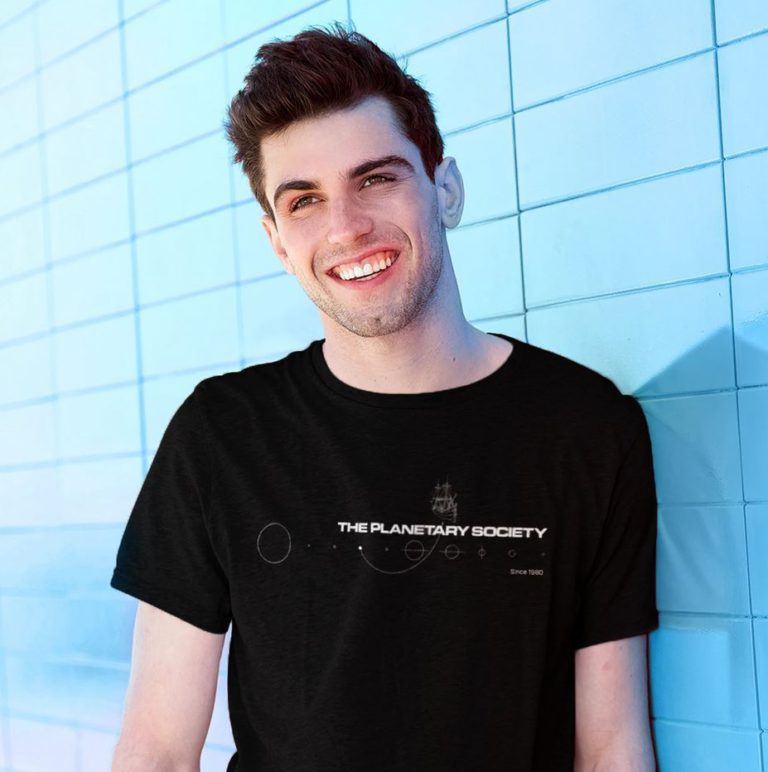
Whether you’ve been with The Planetary Society since our very beginnings or just appreciate a good old throwback, you’ll love our newest t-shirt featuring The Planetary Society’s original logo from 40 years ago. Every purchase supports The Planetary Society’s mission to advance space science and exploration.
Wow of the Week
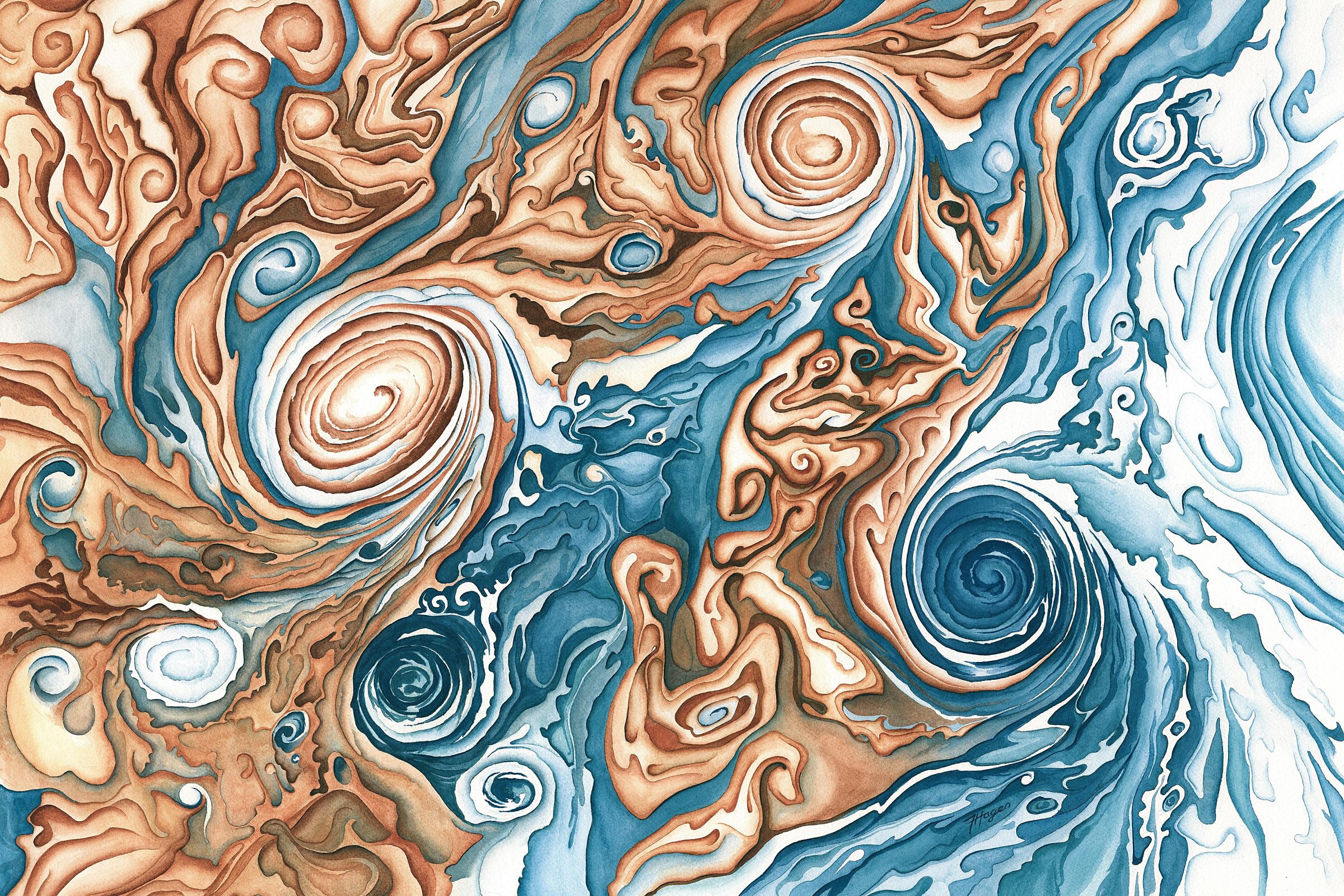
Vancouver-based Planetary Society member Fraser Hagen sent us this week’s Wow. His hypnotic watercolor painting “Jovian Storms” is inspired by images of Jupiter’s southern hemisphere captured by the Juno spacecraft. You can find more of Fraser’s space artwork here.
Do you have a suggestion for the Wow of the Week? We’re looking for space-related art, music, gadgets, quotes, fashion, burning questions, brief sci-fi passages, or anything else that will make our readers go “Wow!” Send us your idea by replying to this email, and please let us know if you’re a Planetary Society member.


 Explore Worlds
Explore Worlds Find Life
Find Life Defend Earth
Defend Earth


